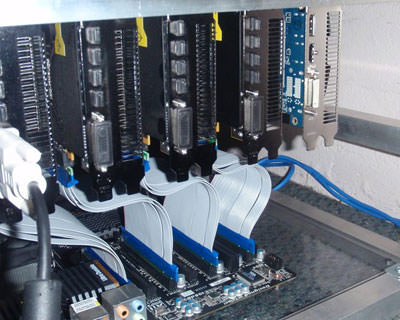Watch Dogs, from developer Ubisoft Montreal, is perhaps the most anticipated game of 2014 and is set to launch in under a month's time. The open-world action game set in Chicago has a huge focus on technology and connectivity, plus the 'next-generation' graphics look seriously impressive, especially on PC.
Nvidia has announced that they will be bundling Watch Dogs with any new purchases of their mid-to-high end graphics cards, replacing the previous Daylight bundle. Any desktop graphics card above and including the GeForce GTX 660 will be eligible for a free copy of Watch Dogs, effective immediately.
Purchases of the GeForce GTX 750 Ti and lower, as well as all 700M and 800M notebooks, aren't eligible for the Watch Dogs bundle, with Nvidia instead providing $150 of free-to-play credit for games such as Warface, Heroes of Newerth, and Path of Exile. If you buy a GeForce GT 640 or lower, you won't receive any free games or in-game content.
Watch Dogs is an Nvidia-optimized title under their 'The Way It's Meant To Be Played' brand, and will include several GameWorks enhancements including TXAA and HBAO+. We've seen these sorts of enhancements before in other Nvidia-optimized games such as Assassin's Creed IV: Black Flag and Batman: Arkham Origins, but you'll find they also work on AMD hardware.
As always, if you plan on purchasing a new Nvidia GPU and want a free copy of Watch Dogs, make sure you shop at a participating retailer or e-tailer, as the game is provided as a voucher with qualifying purchases.
Watch Dogs launches worldwide on May 27, 2014 on PC, Xbox One, PlayStation 4, Xbox 360, and PlayStation 3.
https://www.techspot.com/news/56581-watch-dogs-to-be-bundled-with-new-nvidia-geforce-gpus.html




